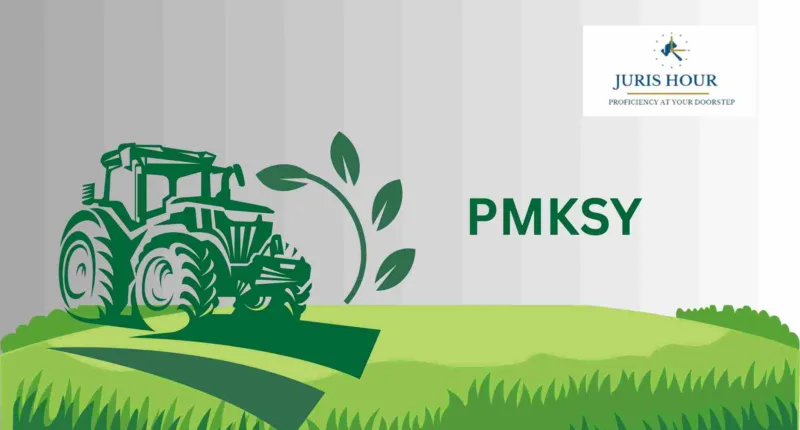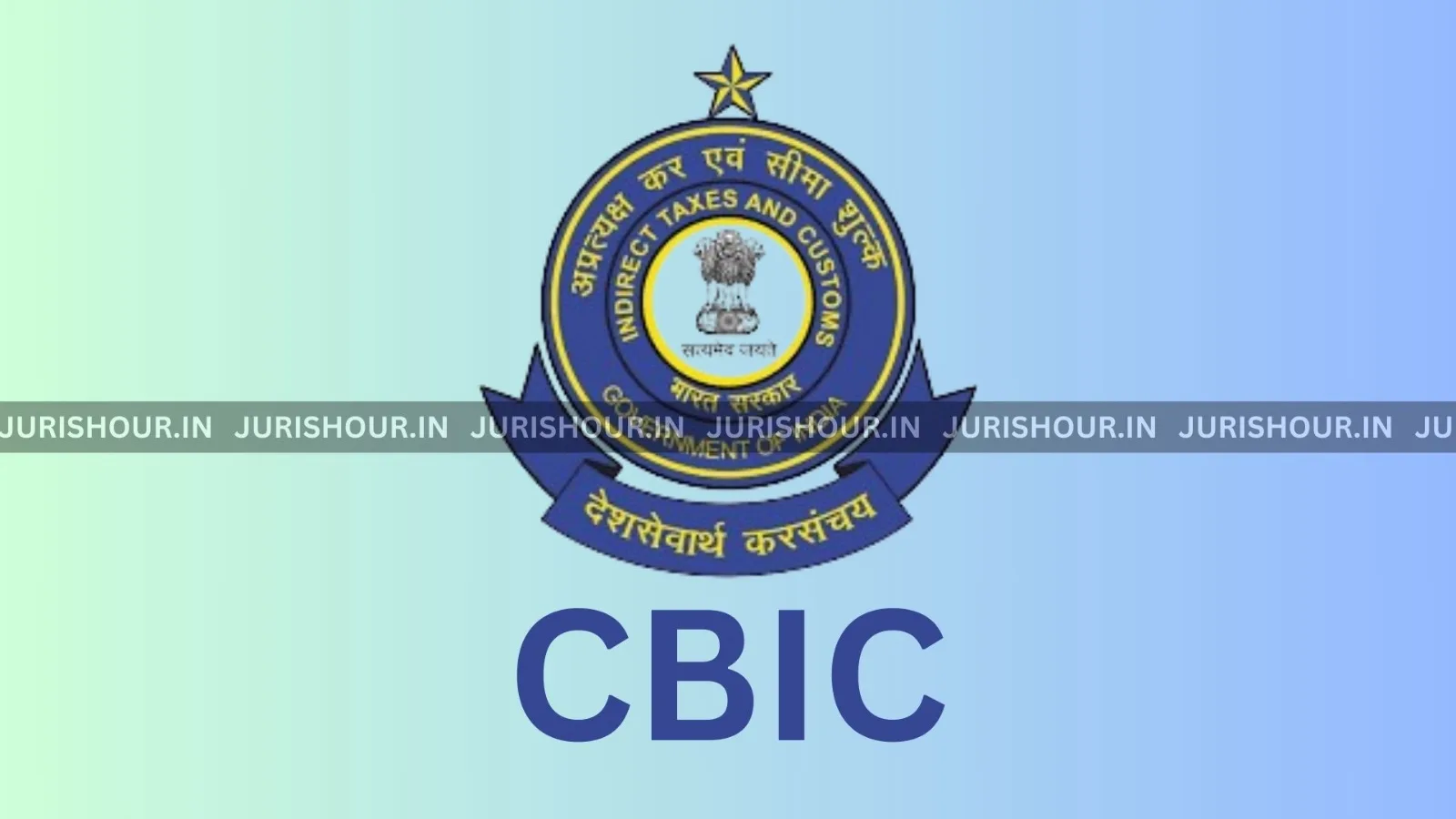The Union Cabinet approved an additional allocation of ₹1,920 crore for the Pradhan Mantri Kisan Sampada Yojana (PMKSY) as part of a total revised outlay of ₹6,520 crore during the 15th Finance Commission cycle (2021–26). The funds will support expansion of cold-chain units, food labs, irradiation facilities—they aim to reduce post-harvest losses and generate new livelihood opportunities for farmers.
New Delhi | July 31, 2025
The Union Cabinet, chaired by Prime Minister Narendra Modi, has sanctioned ₹6,520 crore for PMKSY, which includes a significant supplementary infusion of ₹1,920 crore beyond its earlier approved budget, according to official government releases. This decision underscores the government’s renewed focus on fortifying India’s agri‑food processing infrastructure as a growth enabler.
What is PMKSY?
Despite the similarity in abbreviation, this PMKSY refers to the Pradhan Mantri Kisan Sampada Yojana, a central sector scheme dedicated to agrifood processing and value-chain development, and is distinct from the irrigation-focused Krishi Sinchai Yojana.
Launched in 2017, PMKSY aims to:
- Supplement capital for cold chains, food parks, and processing units
- Reduce post-harvest wastage
- Support farmer-producer organizations (FPOs) with infrastructure grants
- Create a robust food safety and quality ecosystem
Key Components and New Enhancements
- Irradiation Units & Quality Labs
- 50 new irradiation facilities and 100 food testing laboratories will be established to ensure safety, extend shelf life, and elevate export standards.
- Cold Chain and Value Addition
- Infrastructure for cold storage, pre-cooling units, and integrated packhouses are primary focus areas, enabling farmers to maintain produce quality longer.
- FPO & SHG Participation
- Grants to Farmer Producer Organizations and Self-Help Groups will help set up common infrastructure and processing hubs.
- Livelihood Creation & Export Potential
- Increased processing capacity is expected to reduce wastage, improve farmer income, and open export avenues for perishables like fruits, vegetables, meat, and dairy.
Exclusive Insights
- Deeper Funding Tiering:
The ₹1,920 crore extra funding prioritizes under-served agro-climatic zones—especially North East, Eastern India, and tribal regions—where food processing access is limited. - Energy Efficiency Focus:
The upgrade includes incentives for solar-backed cold chains and microgrid backup, reducing carbon footprint and electricity costs for rural processing units. - IoT-based Monitoring Pilots:
Some states will pilot SCADA and IoT systems for real-time cold chain tracking and temperature management—an integration currently limited to select command-area modernization sub-schemes but now extended here. - Inclusive Farmer Outreach:
The scheme now mandates inclusion of women-led FPOs and smallholder cooperatives, with 50% of grants earmarked for marginalized or women producers—a move rarely highlighted publicly.
Timeline and Budgetary Trends
| Period | Key Developments |
|---|---|
| 2021–26 | PMKSY Cycle with ₹6,520 crore allocation |
| July 31, 2025 | Cabinet approves ₹1,920 crore supplemental funding |
| Ongoing (pilot phase) | SCADA/IoT integration and energy module rollouts |
Broader Policy Context & Impacts
- PMKSY’s ₹6,520 crore allocation forms part of a broader strategy to enhance agri-value chains in line with national goals of doubling farmer income.
- The scheme complements initiatives like e-NAM, MSME agri-clusters, and Digital Agriculture Mission, converging infrastructure with digital inclusion.
- Central efforts align with NABARD’s Micro Irrigation Fund, Infrastructure Fund, and PM Kisan’s income support, forming an integrated platform for farmer welfare.
Final Takeaway
This supplemental budget allocation marks India’s deepened commitment to creating a resilient, tech-enabled agri-food ecosystem. Beyond immediate infrastructure gains, it represents a strategic push to empower farmers, strengthen food safety, and position India as a global agro-processing hub. With smart technology and inclusive reach built-in, these plans could reshape livelihoods across rural India—if implemented efficiently.
Read More: Ukraine Restores Autonomy to NABU and SAPO Amid Public Pressure and Global Scrutiny
- BREAKING | Bombay High Court to Establish Bench in Kolhapur from August 18 [READ OFFICIAL NOTIFICATION] - August 1, 2025
- CBDT Elevates Three Senior IRS Officers to Apex Grade of Principal Chief Commissioner of Income Tax - August 1, 2025
- How Can India Defuse Trump’s 25% Tariff Bombshell? - August 1, 2025






